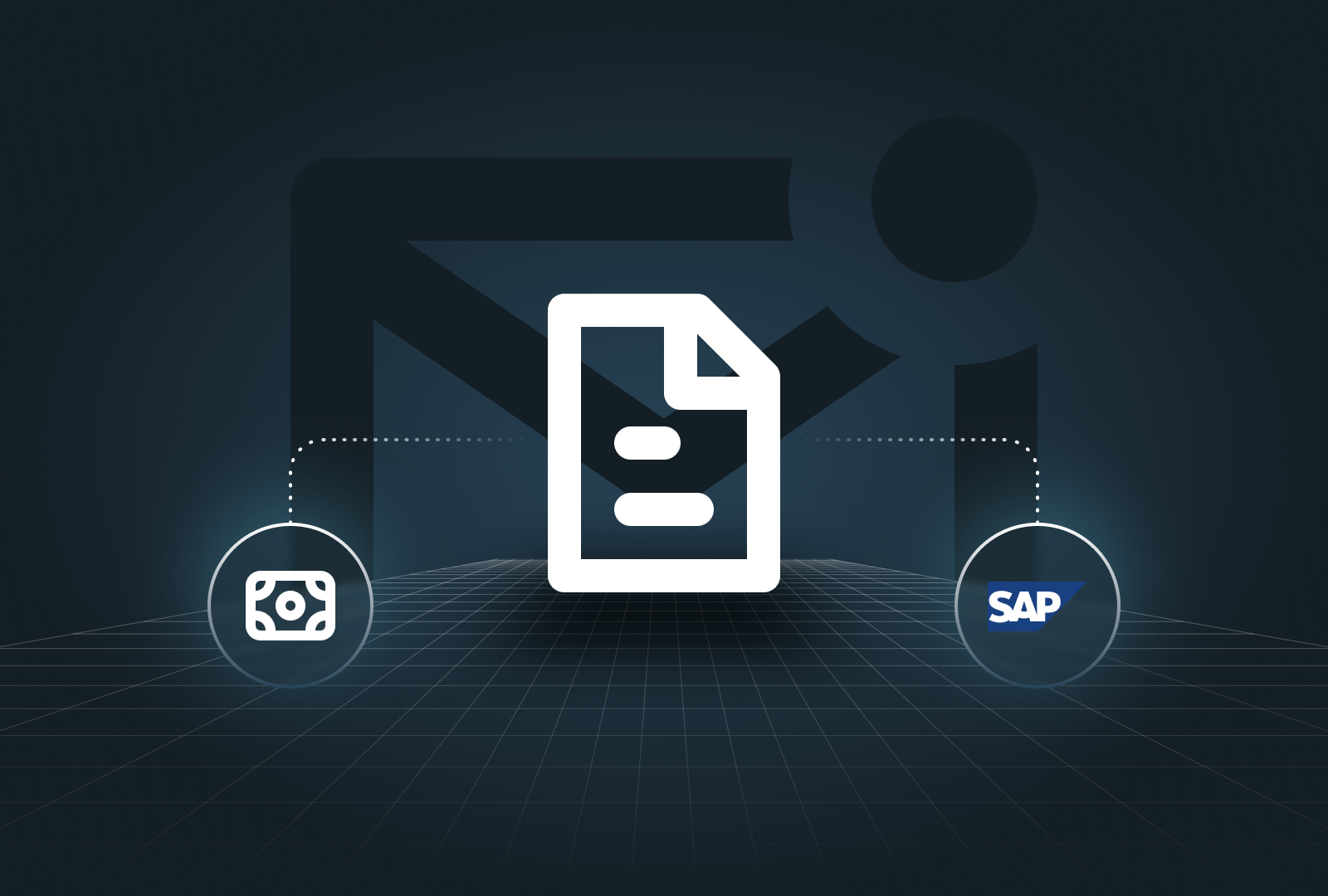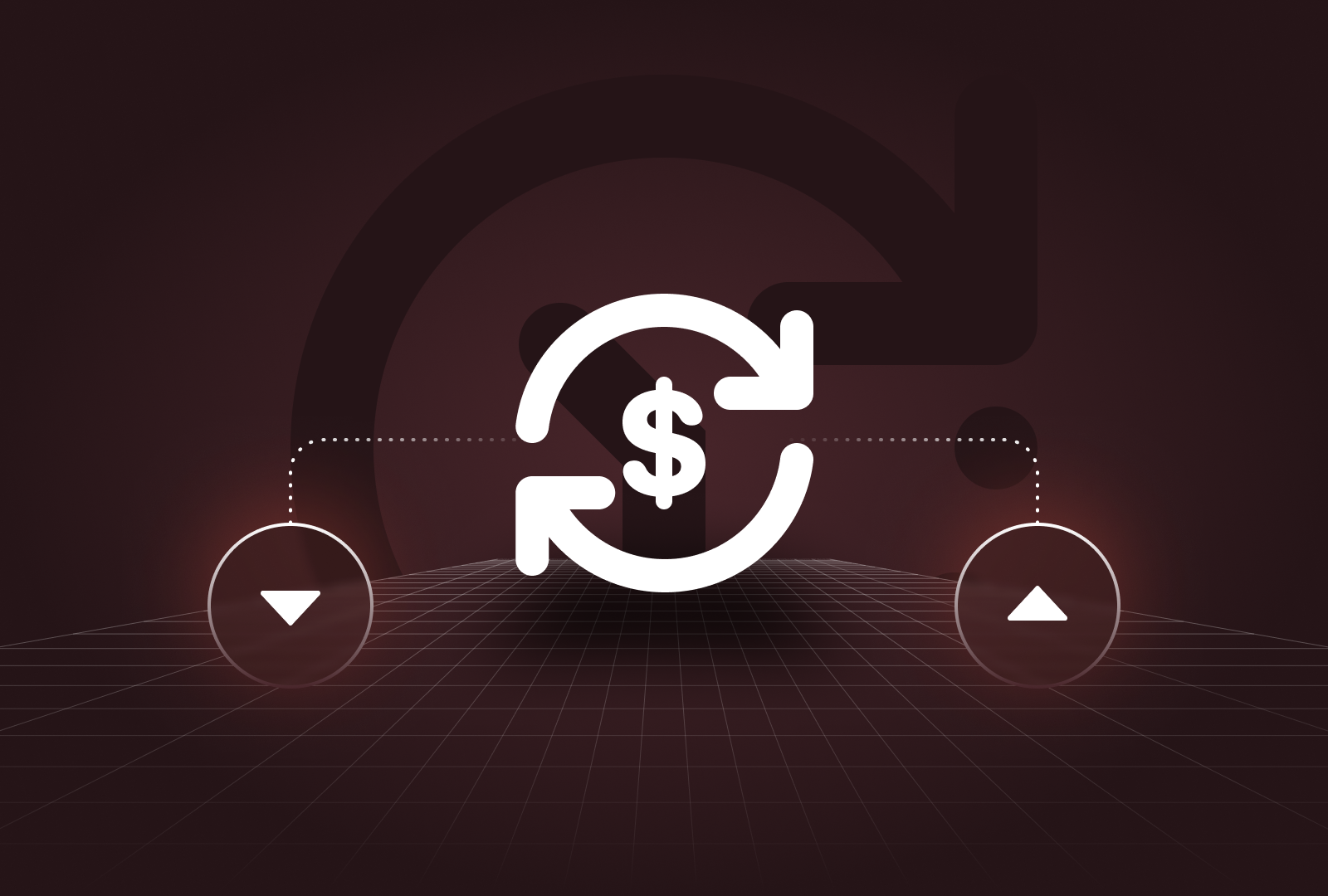Introduction to Cash Positioning
Cash positioning is a cornerstone of effective treasury management, crucial for businesses of all sizes to maintain financial stability and optimise operational efficiency.
By providing a real-time snapshot of a company’s liquidity, cash positioning enables more informed financial decision-making and supports a range of cash management activities.
To manage finances effectively, it’s essential to understand how cash positioning differs from related concepts such as cash reporting, cash forecasting, and cash balance, as well as the role of liquidity ratios.
Understanding Cash Positioning and related concepts
.png)
Cash Positioning vs. Cash Reporting: understanding the present vs. reviewing the past
Cash positioning provides a detailed view of a company's financial status at a specific moment. It considers all available funds, their location, and how easily they can be accessed. This view goes beyond mere cash balances in bank accounts to include other liquid assets—such as cash equivalents—that can be quickly converted to cash. This broader perspective is essential for understanding a business's true liquidity.
On the other hand, cash reporting focuses on summarizing past financial activities. It provides valuable insights into historical cash transactions and balances over a specified period. While cash reporting is essential for tracking financial history, cash positioning is crucial for understanding current liquidity, which is vital for making immediate financial decisions.
Cash Positioning vs. Cash Forecasting: present snapshot vs. future planning
Cash positioning offers a real-time snapshot of a company’s liquidity by analyzing historical cash flow data. This snapshot helps businesses assess their ability to meet short-term obligations, making it essential for day-to-day financial management.
In contrast, cash forecasting projects future cash flows based on expected income and expenses. It helps businesses plan for future financial needs, anticipate potential cash surpluses or shortfalls, and guide long-term financial strategies. While cash positioning is about managing today’s liquidity, cash forecasting is about preparing for tomorrow’s financial challenges.
Cash Position vs. Cash Balance: broad view vs. specific snapshot
Understanding the difference between cash position and cash balance is key to comprehensive liquidity management:
- Cash Position: This term encompasses all liquid assets, including cash, cash equivalents, expected inflows, outflows, and pending transactions. It offers a complete view of a company’s liquidity by considering all assets that can be quickly converted to cash.
- Cash Balance: This refers to the actual cash available in bank accounts and physical holdings at a given time. While the cash balance is a component of the cash position, the cash position provides a more comprehensive view by including other liquid assets and pending transactions.
The role of liquidity ratios in Cash Positioning
Liquidity ratios are financial metrics that compare current assets to current liabilities, indicating a company’s ability to cover short-term obligations with its most liquid assets. These ratios are vital for assessing financial health:
- Current Ratio: This is calculated by dividing current assets by current liabilities. A higher current ratio suggests better liquidity, indicating the company is well-positioned to cover its short-term liabilities.
- Quick Ratio (Acid-Test Ratio): This more stringent measure excludes inventory from current assets, focusing on assets that can be quickly converted to cash. It provides a clearer view of a company’s immediate liquidity.
Why Cash Positioning matters: Four key benefits
1. Enabling efficient cash management
Accurate cash positioning allows businesses to manage liquidity effectively, ensuring they have the funds necessary to meet financial obligations while optimizing cash flow. With a clear understanding of their current cash position, companies can make informed decisions on when to pay bills, invest surplus funds, or seek additional financing.
2. Ensuring timely supplier payments
Maintaining strong relationships with suppliers is crucial for securing favorable terms and avoiding disruptions. Accurate cash positioning helps businesses ensure they have sufficient funds to pay suppliers on time, fostering trust and avoiding costly late fees.
3. Leveraging growth opportunities
A clear view of cash position enables businesses to identify and seize growth opportunities. Whether it’s investing in new projects, expanding operations, or taking advantage of favorable market conditions, effective cash management allows companies to maximize their growth potential.
4. Reducing financial risk
By providing a clear picture of available liquidity, accurate cash positioning reduces financial risk. It ensures that a company has sufficient funds to handle unexpected expenses and avoid cash shortfalls, enabling better navigation through financial uncertainties.
How to calculate cash position: manual vs. automated methods
Manual Cash Positioning: a step-by-step process
Traditionally, calculating the cash position involves manually reviewing financial records. Here’s how it works:
- Retrieve the Most Recent Cash Balance: Start by identifying the latest cash balance from bank statements and other financial records.
- Review Additional Inflows and Outflows: Examine all incoming and outgoing cash transactions since the last recorded cash position, including customer payments, investments, loans, and operational expenses.
- Reconcile Bank Statements with the Company’s Ledger: Ensure accuracy by matching transactions in the company’s ledger with those in the bank statements.
- Analyze All Cash-Related Activities: Consider pending transactions, upcoming payments, and expected inflows that may affect the cash position.
- Calculate the Current Cash Position: Combine the cash balance with the reviewed inflows and outflows to determine the current cash position.
While this method can provide an accurate snapshot, it’s time-consuming, prone to errors, and often outdated by the time it’s completed.
Automated Cash Positioning: real-time accuracy
Modern treasury platforms like Payflows automate cash positioning, providing real-time, accurate, and efficient reports.
Automation streamlines data integration from various sources, continuously updates cash positions, ensures accurate reconciliation, and offers advanced analytics and reporting.
This automation gives businesses a more accurate and timely view of their cash position, enabling faster and more informed financial decisions.
How Payflows automates Cash Positioning
Payflows offers a comprehensive suite of cash management tools designed to enhance efficiency and accuracy in cash positioning.
.png)
Here’s how it works:
- Data Consolidation: Payflows consolidates inflows and outflows across multiple accounts, currencies, and entities in a single platform, ensuring that all financial data is captured and reflected accurately.
- Real-Time Updates: The platform provides real-time updates, enabling faster decision-making with the most up-to-date data.
- Accurate Reconciliation: By eliminating manual data entry and reconciliation errors, Payflows saves time and reduces the risk of mistakes.
- Advanced Reporting: Payflows offers robust reporting capabilities, allowing businesses to quickly generate historical cash flow reports and gain insights into their cash position over time.
By automating cash positioning, Payflows not only enhances efficiency and accuracy but also provides businesses with a clear view of their financial health, helping them capitalise on growth opportunities.






.png)





.png)



